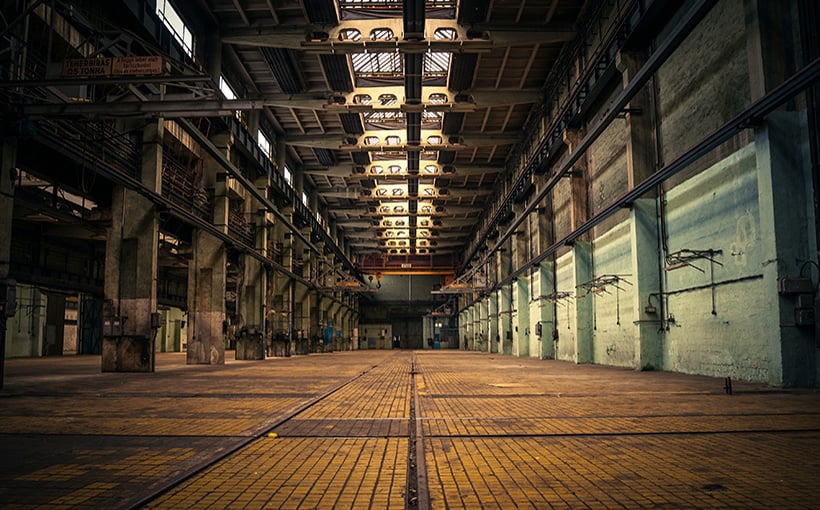**Don’t Discount the Older Warehouses**
Many of today’s industrial tenants consider large, older warehouses—those spanning 100,000 square feet or more and built before 2000—obsolete. The post-pandemic shift in tenant preferences toward higher-quality, modernized facilities has increased vacancy rates for this aging inventory.
However, a recent CBRE report suggests that these outdated bulk warehouses could be revitalized through strategic retrofits and renovations, offering them a second chance in today’s competitive market.
**How Big Is the Opportunity?**
According to CBRE, the total inventory of older warehouse space across the U.S. amounts to approximately 3 billion square feet, with a vacancy rate of 8%. Notably, this category of real estate is facing a negative net absorption of 133 million square feet, underscoring the urgency of modernization efforts.
**Modernization Opportunities**
CBRE outlines several key structural upgrades that can help reposition these older facilities and attract new occupants:
– **Outer Appearance**: Enhancing curb appeal through fresh paint, modern façade updates, and improved landscaping can make a significant visual impact.
– **Clear Heights**: One of the more capital-intensive but effective upgrades is increasing ceiling heights to the current standard of 30 feet. This can be achieved through structural techniques such as hydraulic post-shores or telescoping columns.
– **Fire Suppression**: Replacing dated in-rack sprinklers with early suppression fast response (ESFR) systems can increase safety and compliance, addressing a major tenant concern.
– **Electrical Systems**: Upgraded electrical panels and wiring can meet the growing power demands of today’s industrial operations.
– **HVAC Upgrades**: Commercial HVAC systems account for 32% of energy use—14% for cooling and 18% for ventilation. Installing smart sensors to monitor temperature, humidity, and occupancy can help automate and optimize energy use.
– **Window Efficiencies**: Since windows can account for up to 40% of a building’s energy consumption, replacing them with highly insulated, shaded models can help tenants save on utilities.
– **Solar Panels**: Renewable energy can be a key differentiator. Fewer than 2% of industrial buildings currently feature solar panels, yet those that do often supply the majority of their energy needs through solar generation. In fact, more than half of tenants in Energy Star-certified industrial buildings report that over 50% of their energy demands are met by on-site solar panels.
**Looking Ahead**
Despite challenges such as rising construction costs, tariffs, and labor shortages, modernizing existing assets offers a compelling alternative to new construction. With 325 million square feet of older bulk warehouse leases set to expire within the next three years, the demand for upgraded space will only increase.
“There will be a growing need to deploy capital for modernizing these facilities,” CBRE concludes.
While new developments still command attention, the untapped potential of older warehouses—combined with thoughtful upgrades—could meet evolving tenant demands and reinvigorate this overlooked segment of the industrial market.




